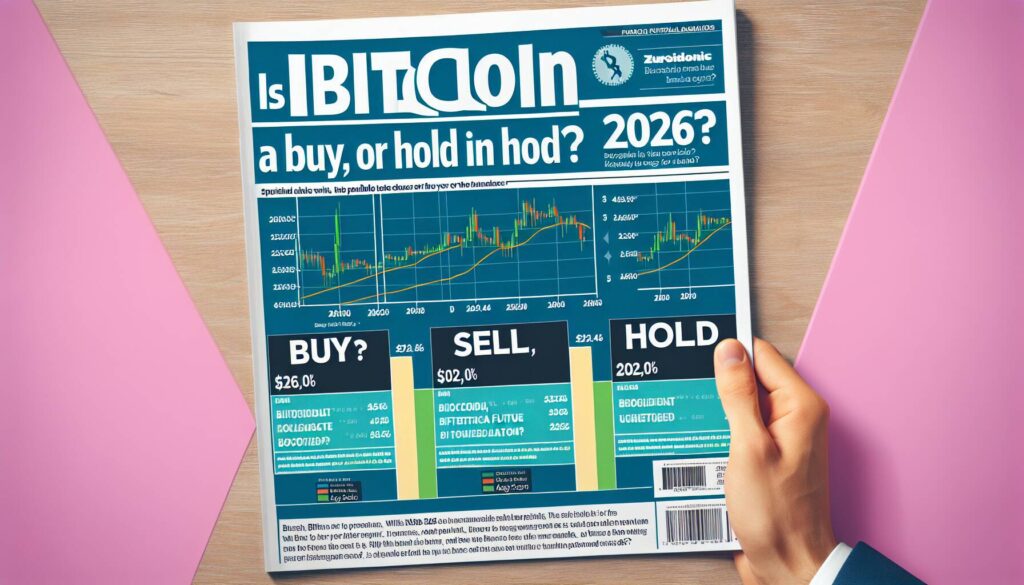Ether (ETH) has experienced a significant downturn recently, dropping over 7% within a span of just 24 hours. The cryptocurrency peaked at $2,770.56 before plummeting to a low of $2,477.71; it has since made a slight recovery to around $2,536 as of the latest updates. This sudden decline comes amidst heightened global tensions, particularly following Israeli airstrikes on Iranian military targets, a move described by Israeli Prime Minister Benjamin Netanyahu as a necessary step against Iran’s nuclear ambitions.
In a swift attempt to retaliate, Iran launched approximately 100 drones toward Israel, which has escalated the already fraught situation in the Middle East. Although the United States stated it was not directly involved, Secretary of State Marco Rubio reiterated that the safety of American forces in the region is a top priority.
“The market is reacting to geopolitical risks, leading investors to seek safety in traditional assets,” said market analysts.
As the conflict unfolded, many investors shifted their focus to reliable safe-haven assets, contributing to the U.S. dollar’s rally by 0.6%, reversing its previous three-year low. Gold prices also surged, nearing two-month highs, while oil futures spiked by as much as 13% before correcting some of those gains. The dollar’s strengthening was particularly remarkable, outpacing other safe havens like the Swiss franc and Japanese yen.
Traders have noted that the future trajectory of this conflict, especially concerning its potential impact on oil prices, will heavily influence market sentiment going forward. ING analysts have remarked on the importance of the dollar’s recent rebound, suggesting it could be a crucial shift, albeit more tempered than some had anticipated. Meanwhile, despite a Bank of America survey indicating that traders are still heavily short on the dollar, confidence in that maneuver seems to be wavering.
The decline in ETH aligns with a broader weakness observed across various risk assets, including equities and commodities. While the cryptocurrency has managed to stabilize above the $2,530 mark for the time being, traders should be prepared for continued volatility as the geopolitical landscape develops.

Impact of ETH Market Fluctuations Amid Geopolitical Tensions
Key points related to the recent decline of Ether (ETH) and its broader implications:
- ETH Price Drop:
- ETH tumbled over 7% from $2,770.56 to a low of $2,477.71 before recovering to $2,536.
- This represents a significant intraday drop of 10.6%.
- Geopolitical Tensions:
- Israeli airstrikes on Iranian military targets led to heightened Middle East tensions.
- Iran retaliated with drone launches towards Israel, escalating the conflict.
- Market Reactions:
- Investors moved to safe-haven assets, causing the U.S. dollar to rally by 0.6% and gold to surge to a two-month high.
- Volatility across various risk assets, including ETH, equities, and commodities, increased.
- Market Dynamics:
- ING analysts emphasized that the depth and duration of the conflict would impact oil prices and investor behavior.
- Bank of America noted traders remained heavily short on the dollar, indicating mixed market sentiments.
- ETH’s movement aligned with broader market weaknesses, further influencing market sentiment.
- Technical Analysis:
- High trading volume of 692,000 ETH was recorded as selling intensified, signaling strong market reaction.
- Resistance observed below $2,550, with a tight consolidation band formed between $2,530–$2,540.
- Declining volume suggests short-term exhaustion but no confirmed reversal of the trend yet.
Understanding these dynamics can help investors navigate the volatile ETH market and adjust their strategies accordingly amid geopolitical uncertainties.
Ethereum Faces Volatility Amid Geopolitical Tensions
The recent downturn in Ethereum’s price, plunging over 7% amid escalating tensions in the Middle East, reflects broader market anxieties. This situation draws parallels with other cryptocurrencies facing similar pressure from geopolitical events. Bitcoin, for instance, often mirrors these risk-off trends, showcasing its vulnerability during periods of global uncertainty.
Advantages and Disadvantages
The underlying advantage for investors seeking refuge from Ethereum’s volatility rests with traditional safe-haven assets. With a stronger U.S. dollar and surging gold prices, investors might find these alternatives more appealing compared to riskier investments like ETH. As investors pivot to these safer avenues, Ethereum could see a significant capital outflow, further driving down its value and creating challenges for price recovery.
On the other hand, Ethereum’s inherent advantages lie in its utility and the ongoing innovation within the blockchain space. The potential for future developments in smart contracts and decentralized applications could attract long-term investors looking to capitalize on future growth, particularly once geopolitical stability returns. However, the sudden price drop can dissuade new investors, contributing to a turbulent market sentiment around ETH.
Impacts on Various Stakeholders
Traders actively engaged in the crypto market may face difficulties navigating this volatility, as the price fluctuations complicate strategy implementation. Conversely, institutional investors might see opportunities to enter at discounted prices, provided they can tolerate the immediate risks associated with potential further declines. Meanwhile, those heavily invested in safe-haven assets may benefit from diverting funds away from Ethereum, reinforcing their portfolios against current instability.
While Ethereum holds a solid position in the crypto landscape, the geopolitical shifts acting upon market dynamics create both hurdles and opportunities. How stakeholders respond to these changes will ultimately dictate Ethereum’s trajectory in the weeks and months ahead.
















